Mao Dien Temple of Literature, the place where the ancient examination school was held, a beautiful symbol of the land of learning in Dong Nai.
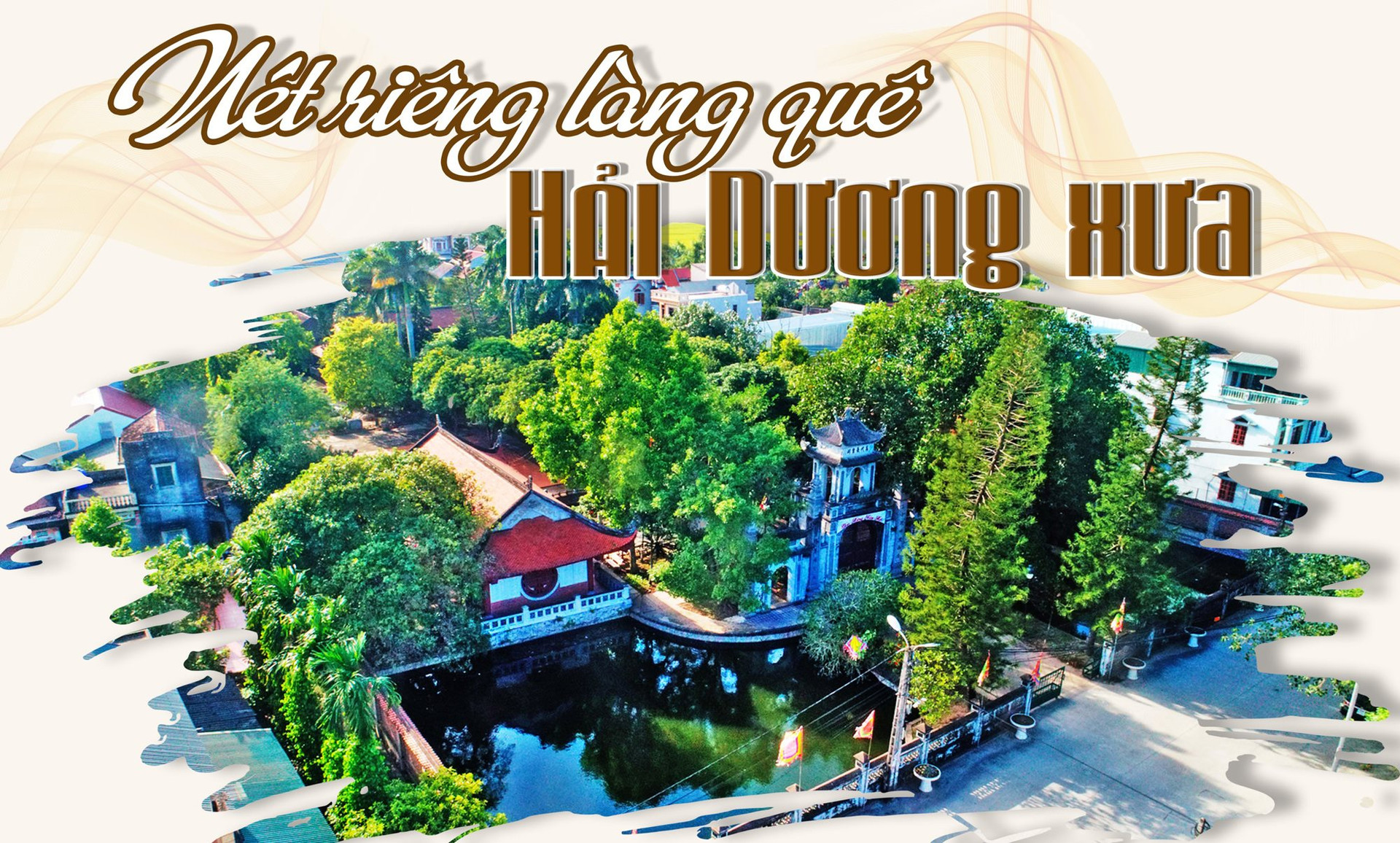
Located in the center of the Red River Delta, the eastern fence of the Thang Long citadel, the Dong region is a land rich in cultural traditions. The Dong region's villages have both the characteristics of the villages in the Northern Delta and the unique features that only the Dong region - Hai Duong has.
According to archaeological relics, people in Hai Duong settled early. Traces of primitive people from 50,000 - 30,000 years ago in Thanh Hoa cave, Nham Duong mountain (Kinh Mon) and traces of Dong Son culture are quite common in relics and artifacts found in Hai Duong as evidence. In Hai Duong, archaeologists have also found thousands of tombs of Han Dynasty officials, in every district... Hai Duong currently has many thousand-year-old villages such as Hoach Trach (Thai Hoc), Mo Trach (Tan Hong, Binh Giang district); Cap Nhat, Cap Thuong (Tien Tien, Hai Duong city)...
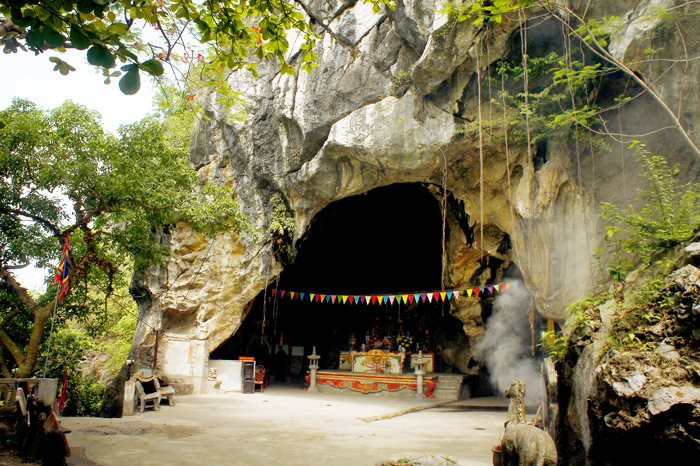
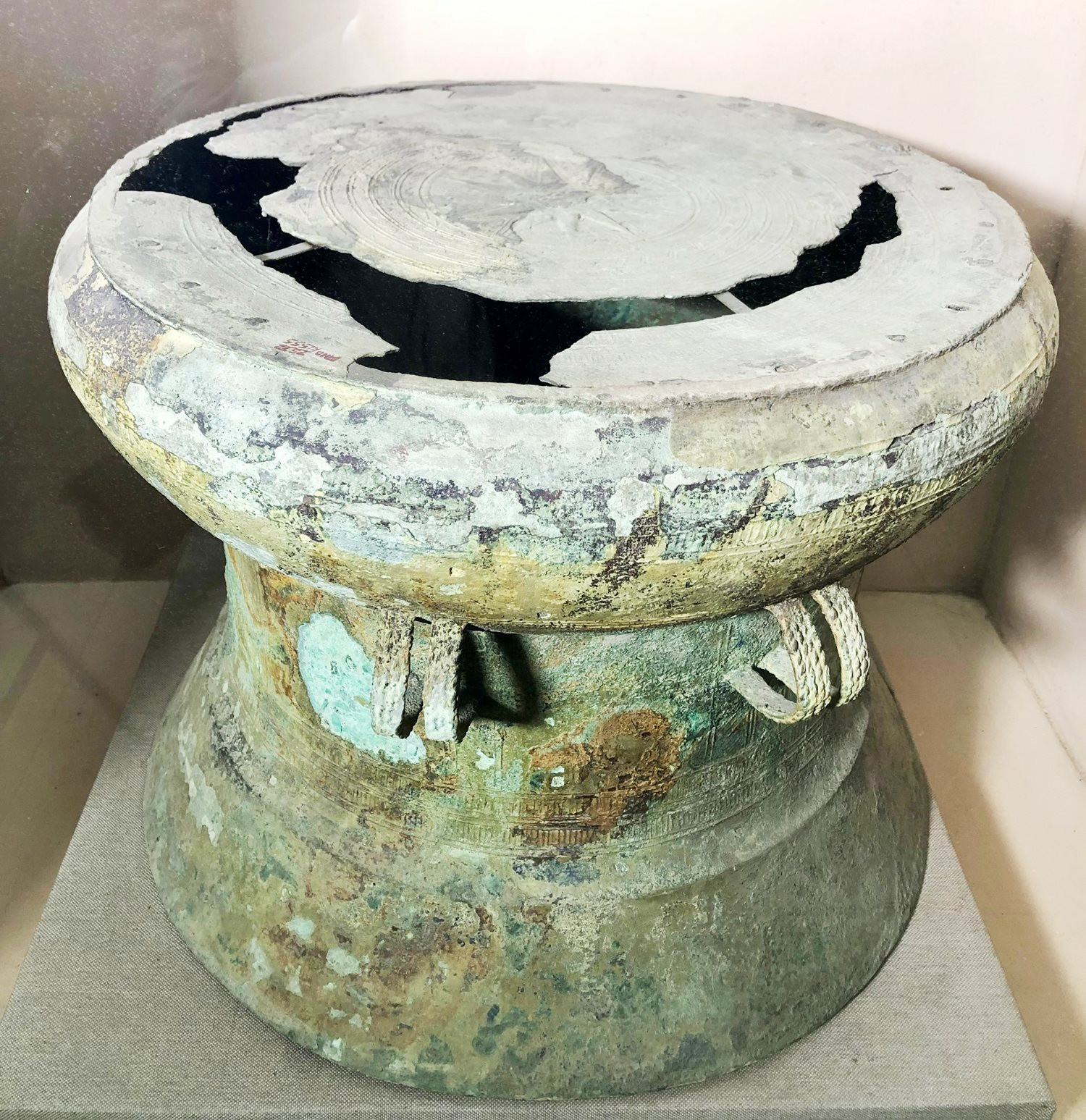
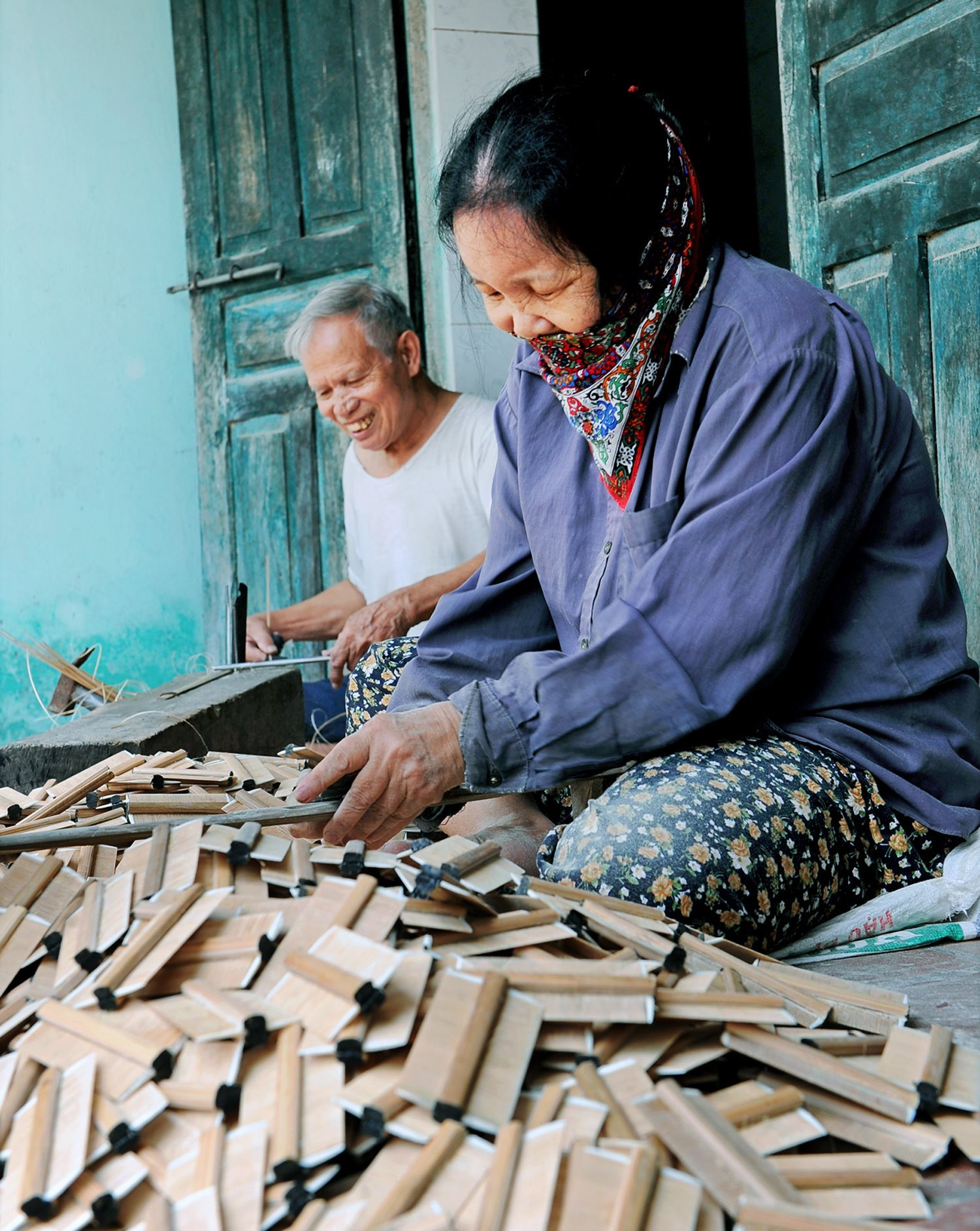
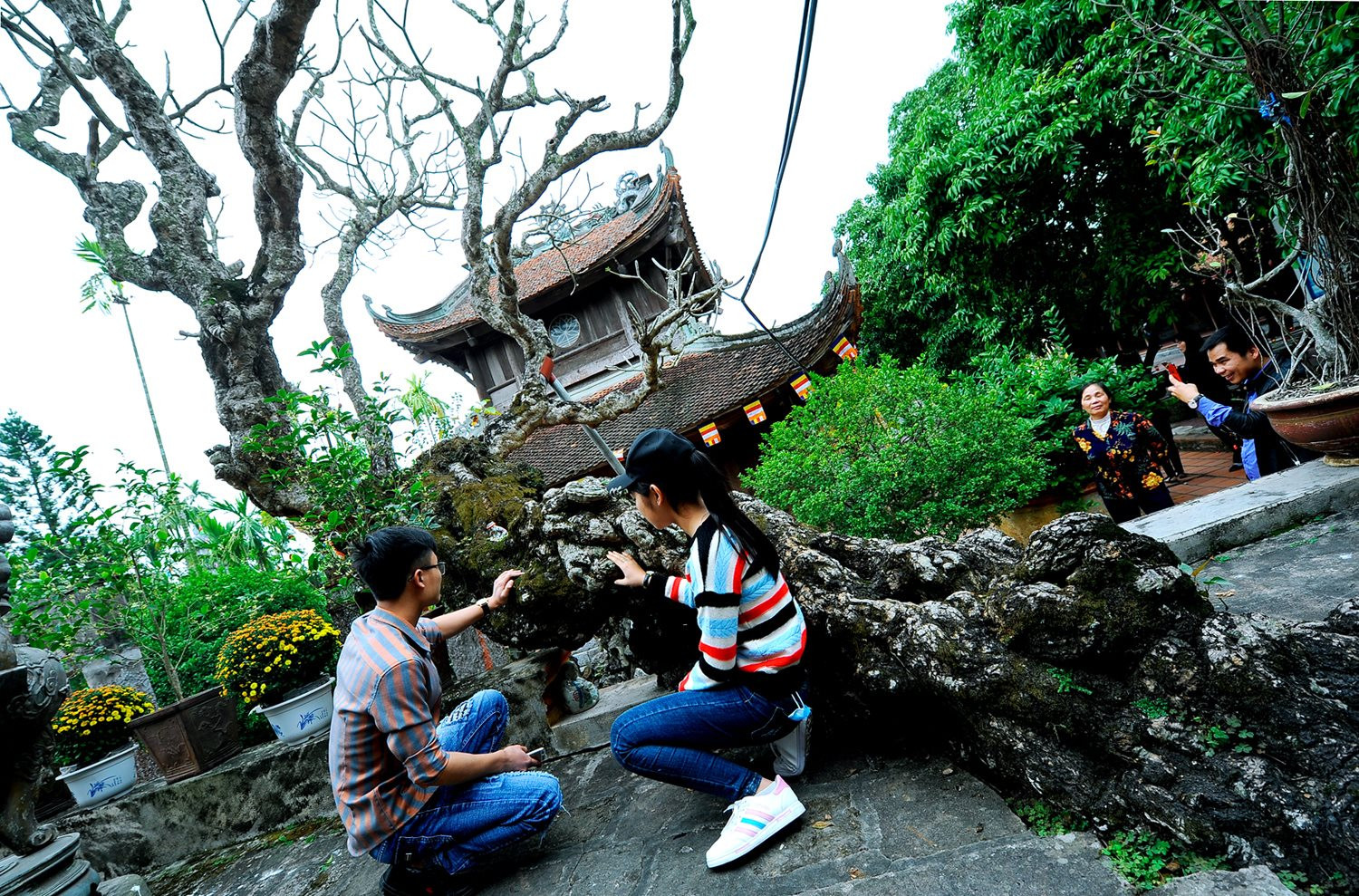
Not only is Hai Duong a long-standing land, it is also a land of culture and a rich tradition of mandarin examinations. During the feudal period, Hai Duong ranked first in the country in terms of the number of people who passed the examinations, especially in the number of Confucian doctors with 472 people, including 11 top candidates. Not only Mo Trach village, known as the “doctoral furnace of the East”, is a land of learning, but everywhere in Hai Duong, the presence of learning is seen. Almost every village has a “van chi”, an ancient cultural institution to “worship the village’s scholars” – as Phan Ke Binh said in the bookVietnam customs. According to historian Tang Ba Hoanh, the written script only exists in villages where people have studied Chinese characters to a certain level from the trainees and above. Along with the written script, villages in Hai Duong all have steles, showing that in the village there is a group of people who have studied Chinese characters and are knowledgeable about the words. This is a difference compared to many villages in the Southern Delta, mountainous areas and even many localities in the North.

f
d
According to the book History of Hai Duong, volume 1 (National Political Publishing House, Truth, 2021), with the terrain of the plains interspersed with hills and mountains, the dense system of rivers and lakes, the ancient Hai Duong people chose to live along the river, at the foot of the hills, on high lands to establish villages - administrative units from the beginning of the country's founding. From the first residential units on the hills of Nham Duong (Kinh Mon), people moved down to conquer the plains, the high alluvial lands along the river were chosen as places to establish villages, with high places to live, with means of production, convenient transportation, villages were formed along the rivers and became increasingly bustling.
This difference can be seen in the villages in Hai Duong. Like the villages in the Northern Delta, the villages in Hai Duong are surrounded by bamboo fences, but are not closed because many villages have rivers running through them. Because they are connected to the river, in the houses of the ancient people, especially those in the eastern and southern districts of Hai Duong city such as Thanh Ha, Kim Thanh, Gia Loc, etc., there are boats and the people are good at swimming. Boats are their main means of transportation. Even thieves and robbers in the ancient villages also traveled by river. Many village communal houses and markets are located near the river wharf and are called Ben communal house and Ben market. Some villages have names that clearly show that they are villages by the river, where boats are anchored, such as Chu Dau and Thai Tan (Nam Sach). Before the August Revolution, our province had many fishing villages, people relied on the river to catch fish and shrimp for a living. Many folk games of Hai Duong in village festivals are also associated with the river such as going to the river bridge, catching ducks, rowing...
Due to the terrain and hot and humid climate, in each village in the East, people often build houses with bamboo and thatch; the walls are plastered. Most houses are built facing south to avoid the heat with a structure in a garden, including: gate - pond - yard - house - garden. The kitchen is built separately from the house and is often near the pond for convenience in washing, cleaning and fire fighting.
The village community relationship is created from the close relationship between the clans. In the village, there are many clans with different origins, in each clan there is a strict division according to generational hierarchy. Many villages bear the names of clans such as: Pham Xa, Do Xa, Vu Xa… to mark that the clan was the first to establish the village.
Located in the cultural space of the Northern Delta, the villages of the Eastern region also carry within themselves the common cultural features of the region such as each village has a village gate, a communal house, a pagoda, and some places have a shop. During the off-season, the villages often organize festivals with many rich activities.
Nowadays, with the general development of society, Hai Duong countryside has also changed a lot. As a new rural province with many communes that have been and are building advanced new rural areas, model new rural areas, the appearance of Hai Duong countryside is becoming more and more spacious, modern and civilized. However, there is still the soul of the Eastern countryside with many traditional cultural features, many customs and practices that are preserved and promoted.
Content:THANH MAI
Graphics: TUAN ANH